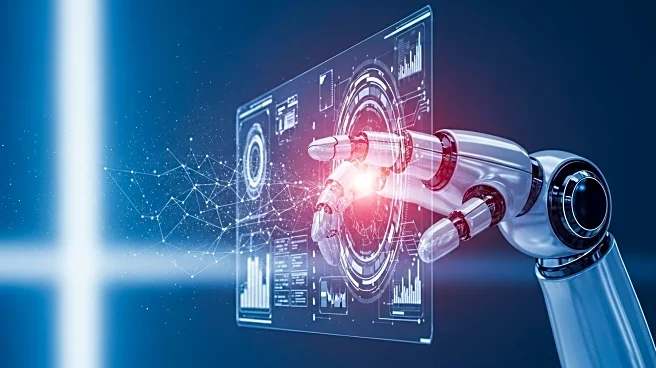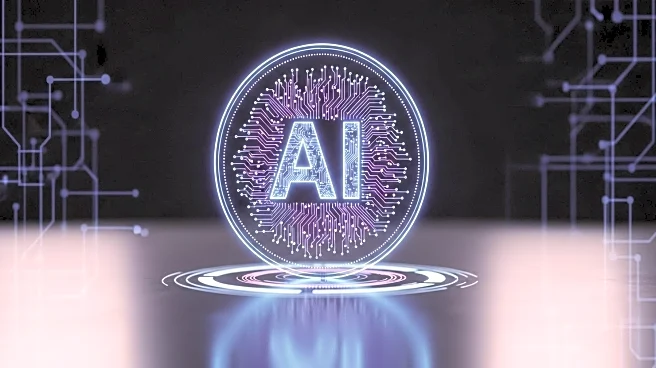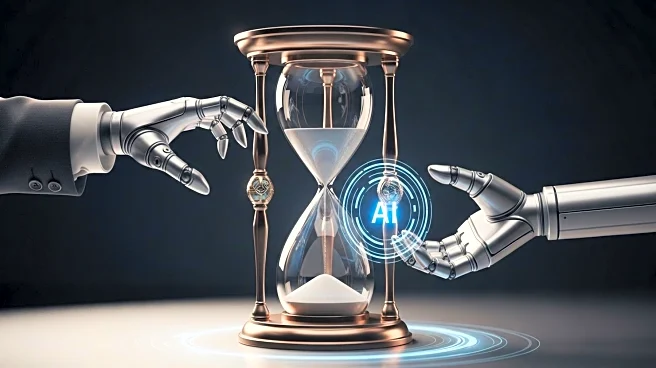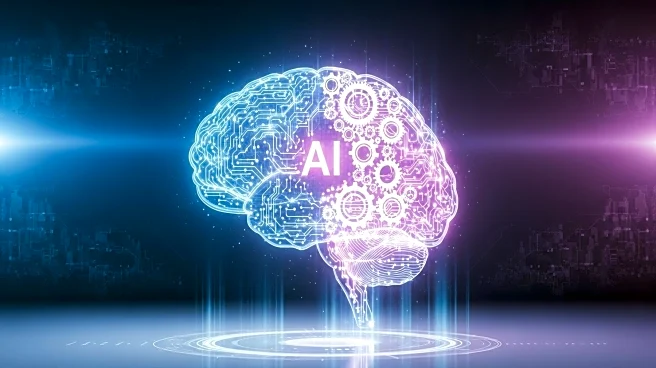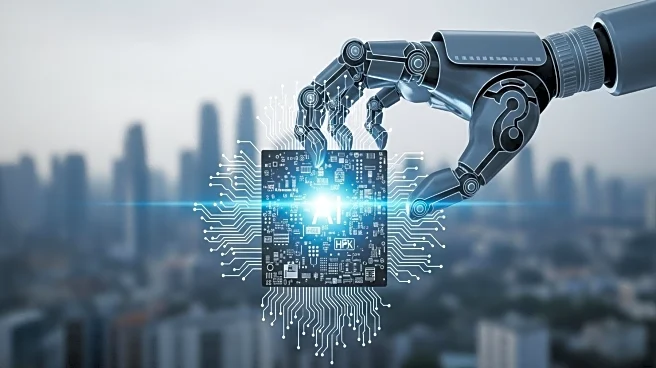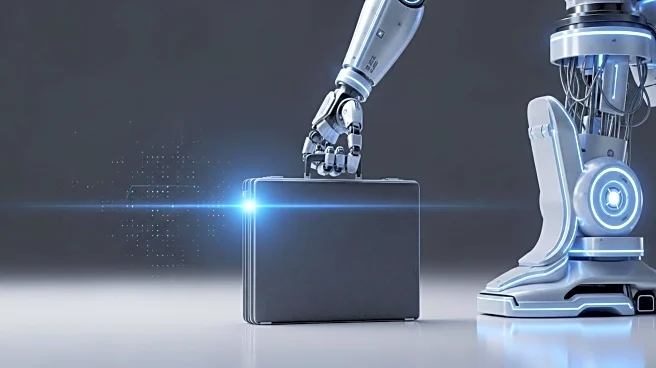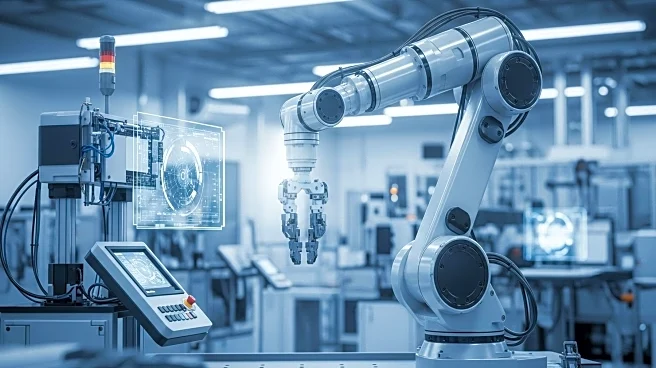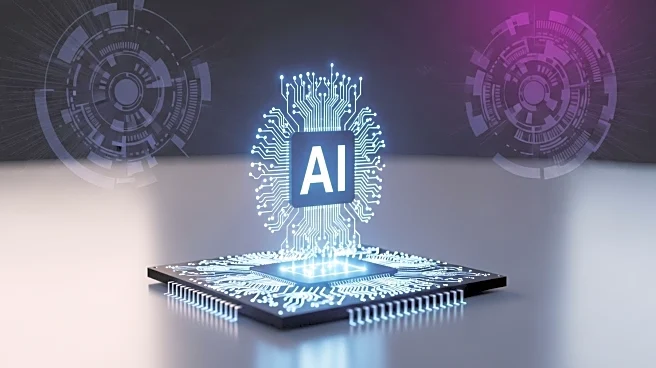What's Happening?
A recent survey by SHRM highlights the impact of AI on job automation, revealing that software engineering and math-related tasks are most at risk. The survey estimates that 15.1% of U.S. jobs are at least 50% automated, with 7.8% done by generative AI. Despite these figures, only 6% of jobs are vulnerable to displacement due to nontechnical barriers like client preferences and regulatory requirements. The findings suggest a gradual reshaping of the workforce rather than abrupt job losses, emphasizing the need for workers with people skills.
Why It's Important?
The survey provides valuable insights into the evolving dynamics of the workforce in the age of AI. While automation poses risks to certain job categories, the presence of nontechnical barriers suggests that AI may complement rather than replace human roles. This distinction is crucial for policymakers and businesses as they navigate the integration of AI technologies. The findings highlight the importance of developing skills that AI cannot replicate, such as interpersonal communication and problem-solving, to ensure workforce resilience.
What's Next?
As AI continues to advance, stakeholders must address the challenges and opportunities presented by automation. The survey's results may prompt discussions on workforce training and education, focusing on skills that complement AI technologies. Policymakers and industry leaders will need to collaborate to develop strategies that support workers in adapting to new roles and responsibilities. The gradual reshaping of the workforce may lead to new employment opportunities and innovations in job design.
Beyond the Headlines
The survey underscores the need for a nuanced understanding of AI's impact on employment, challenging assumptions about widespread job displacement. By focusing on the unique capabilities of human workers, businesses can leverage AI to enhance productivity and innovation. The findings may influence how organizations approach workforce planning and development, encouraging a more strategic and informed approach to integrating AI technologies.

